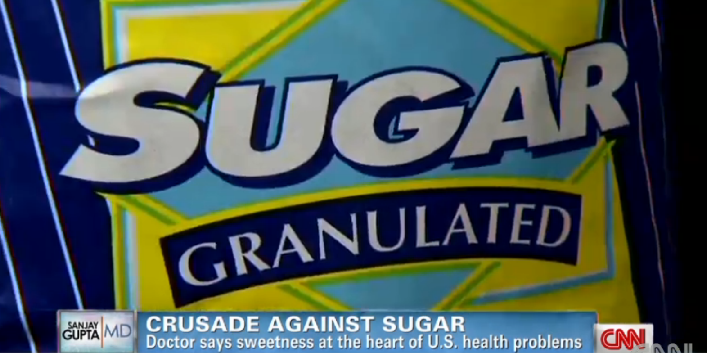
The Impact of Added Sugars on Metabolic Health
According to soda companies like Coca-Cola, sugary beverages can be safely enjoyed as part of a "balanced" diet and lifestyle. But what kind of "balance" are they really talking about?
In essence, the "balance" referred to here is a balance between poison and nutrition. The idea they're promoting is that if you eat a healthy diet, you can safely indulge in a little bit of poison every now and then.
November 18, 2015 | Source: Mercola.com | by Dr. Mercola
According to soda companies like Coca-Cola, sugary beverages can be safely enjoyed as part of a “balanced” diet and lifestyle. But what kind of “balance” are they really talking about?
In essence, the “balance” referred to here is a balance between poison and nutrition. The idea they’re promoting is that if you eat a healthy diet, you can safely indulge in a little bit of poison every now and then.
This is the only balance they can refer to, because when it comes to real foods and pure water — which is the only beverage your body cannot live without — maintaining balance is not really an issue.
When you eat real food, it is beneficial and you don’t need to concern yourself with adverse effects like obesity and diabetes.
Even a Little Junk Food Adversely Impacts Health
Food either supports health, or it doesn’t. If it doesn’t, it shouldn’t be construed as an acceptable part of a healthy diet. It should be accurately portrayed as a junk food to be consumed as little as possible, if ever.
The idea that junk food can be safely enjoyed in moderation was recently demolished yet again with the publication of a study1,2,3 showing that eating just one junk food treat per day for one month is enough to trigger metabolic syndrome in healthy people.
The treats, which provided an additional 1,300 calories per day, included an assortment of candy bars and pastries.
In people already diagnosed with metabolic syndrome, which includes symptoms such as high blood pressure, high cholesterol, and elevated blood sugar levels, indulging in one milkshake per day for one month exacerbated their condition.
Metabolic syndrome in turn can have deadly consequences, raising your risk for diabetes, heart attack, and stroke. As noted by co-author Suzan Wopereis:
“Acute affects of diet are mostly small, but may have large consequences in the long run.
Our novel approach allows detection of small but relevant effects, thereby contributing to the urgently needed switch from disease-care to healthcare, aiming for a life-long optimal health and disease prevention.”
Snack Ads Dominate While Cost of Severe Obesity Now Tops $8 Billion
Medicaid spends $8 billion per year on severe obesity4 — an expense that is entirely avoidable. Obesity may also be a contributing factor to increased use of prescription drugs in the US.
Harvard researchers warn that 59 percent of American adults now use at least one prescription drug5 — a 50 percent increase from a decade ago. More people are also taking multiple drugs, which increases the risk of adverse drug interactions.
About 15 percent of adults now take more than five drugs, and the researchers suggest this rise in drug use may be related to an increase in obesity.
To prevent obesity though, people need to be told the truth about nutrition and processed foods. The food industry must be held accountable for its lies, and junk food advertising for kids needs to be minimized or abolished.
According to a recent report, 40 percent of the ads kids see on television are for sugary snacks, and research6 shows these early impressions can significantly shape their future food habits.
Since 2010, snack ads have increased by 18 percent. In 2014, preschoolers saw an average of 582 snack ads on TV, kids aged 6 to 11 saw 629 snack ads, an increase of 10 percent since 2010, and teens saw 635 snack ads, an increase of 29 percent.
Food companies are also targeting certain ethnic groups to a greater extent than others. As reported by CNN:7
“Marketing of savory snacks to black and Hispanic youth shot up 551 percent, whereas yogurt ads dropped 93 percent between 2010 and 2014. Black children saw 64 percent more snack food ads on TV than white children, and 129 percent more ads for savory snacks.”
Adults are also seeing more ads for junk food. In 2014, adults saw 793 snack ads, a 32 percent increase since 2010. Millions of junk food ads were also placed on YouTube and Facebook in 2014.
